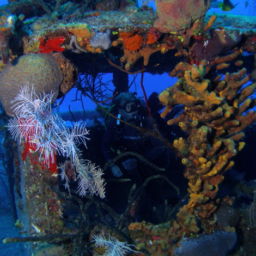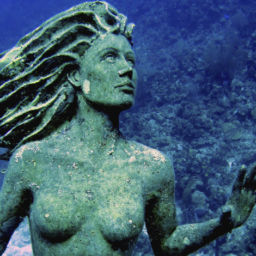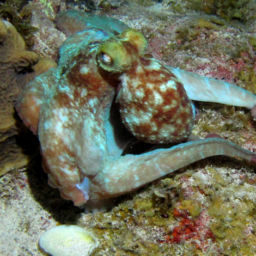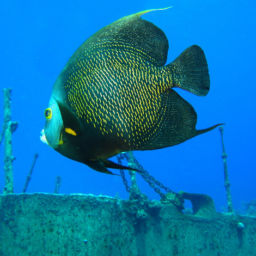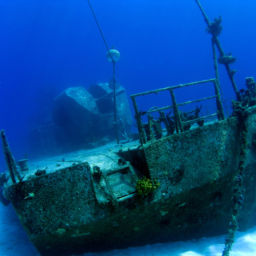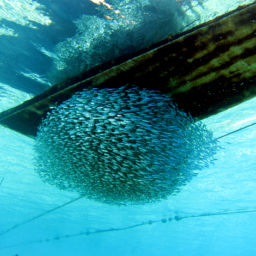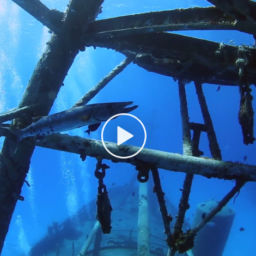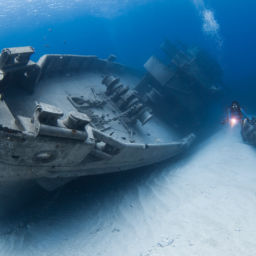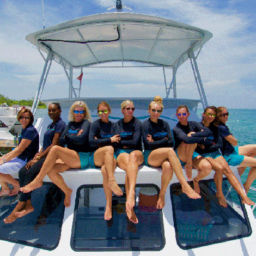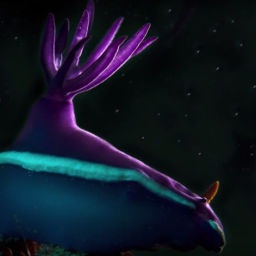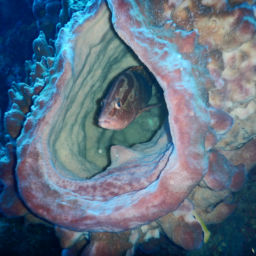With no known local predators, a natural resistance to parasites and the ability to reproduce tens of thousands of eggs year-round, this non-native species is capable of dramatically altering the destination’s marine environment for the worst. In response, the Cayman Islands is calling upon locals and visitors alike to rally together in the fight to save its precious reefs.
Invasive Lionfish in the Cayman Islands
Despite being indigenous to the Indo-Pacific, the first red lionfish was discovered in Little Cayman in February 2008 and quickly removed; however, the resilient species has continued to overrun all three islands and to-date, more than 10,000 fish have been proactively eliminated. Preying on native herbivorous fish that feed on the algae and seaweed along the reef’s corals, a single lionfish has the ability to eliminate up to 90 percent of a reef’s marine life in just five weeks!




Lionfish are adaptive to their environment and can reside in depths from one to 1,000 feet. Not to mention – they are capable of reproducing at a rate of 30,000 eggs every four days or over two million eggs a year, with each egg enjoying a lifespan of 15 years. Further cause for concern is that the fish are hostile to swimmers and divers with their twenty venomous spines, which can sting and cause intense pain and infection.
“NOT ON MY REEF”: HOW THE CAYMAN ISLANDS ARE ELIMINATING THE LIONFISH SPECIES
With the species’ ability to reduce the local biodiversity by up to 80 percent, the Cayman Islands is leading the way in lionfish culling efforts to eradicate the fish from its reefs. The Cayman Islands Department of Environment and a number of on-island dive operators including Ocean Frontiers, Cayman Turtle Divers and Divetech are offering lionfish culling training and certification sessions, in addition to a number of “cull and cook” excursions for divers who have previous experience diving in the Cayman Islands. These expeditions allow divers the opportunity to hunt and spear lionfish, followed by a cooking experience, where divers clean and grill their catch, which are safe to eat, once their prickly spines have been removed.
As an upside, the fish is high in heart-healthy, disease-fighting Omega-3 fatty acids and their bones, scales and heads are integral to the contents of compost at local farms. Additionally, many restaurants in the Cayman Islands offer the fish on their menus and compensate divers for their catch.
Little Cayman is also home to Little Cayman’s Community Cull, which offers several culling experiences. After the lionfish are speared and caught, they are analyzed and then the data is reported to the Central Caribbean Marine Institute and University of Florida for further research on the species behavior.
The combination of the destination’s culling excursions and efforts to encourage guests to indulge in this unique epicurean delicacy are helping pave the way for sustainability and lionfish-free waters. For more information on the Cayman Island’s lionfish culling efforts, please visit divecayman.ky.


